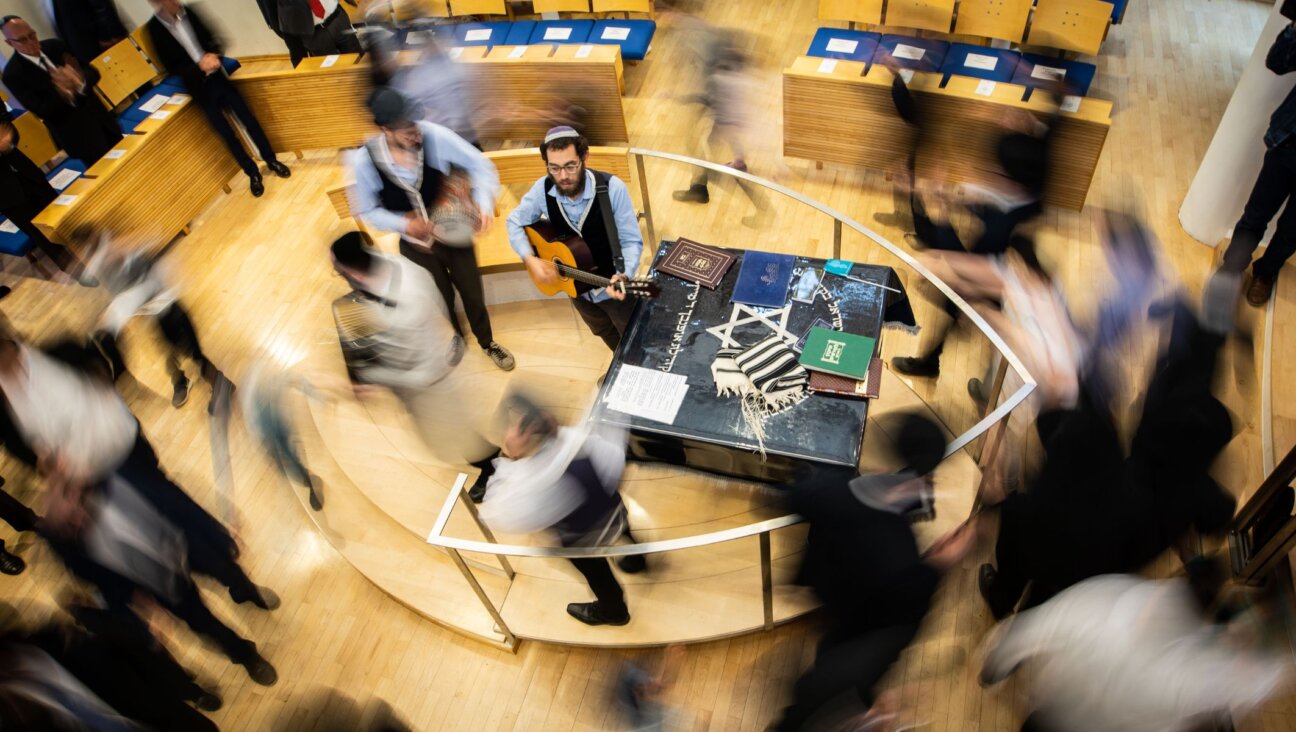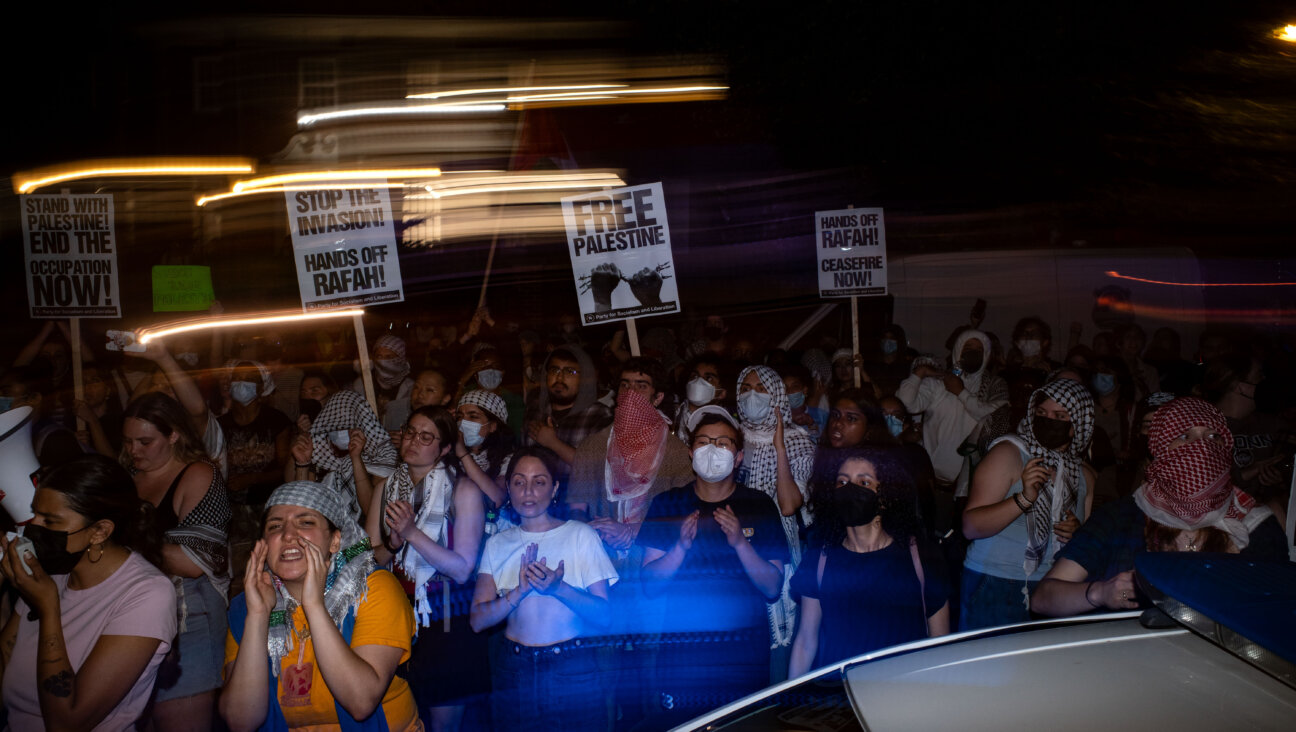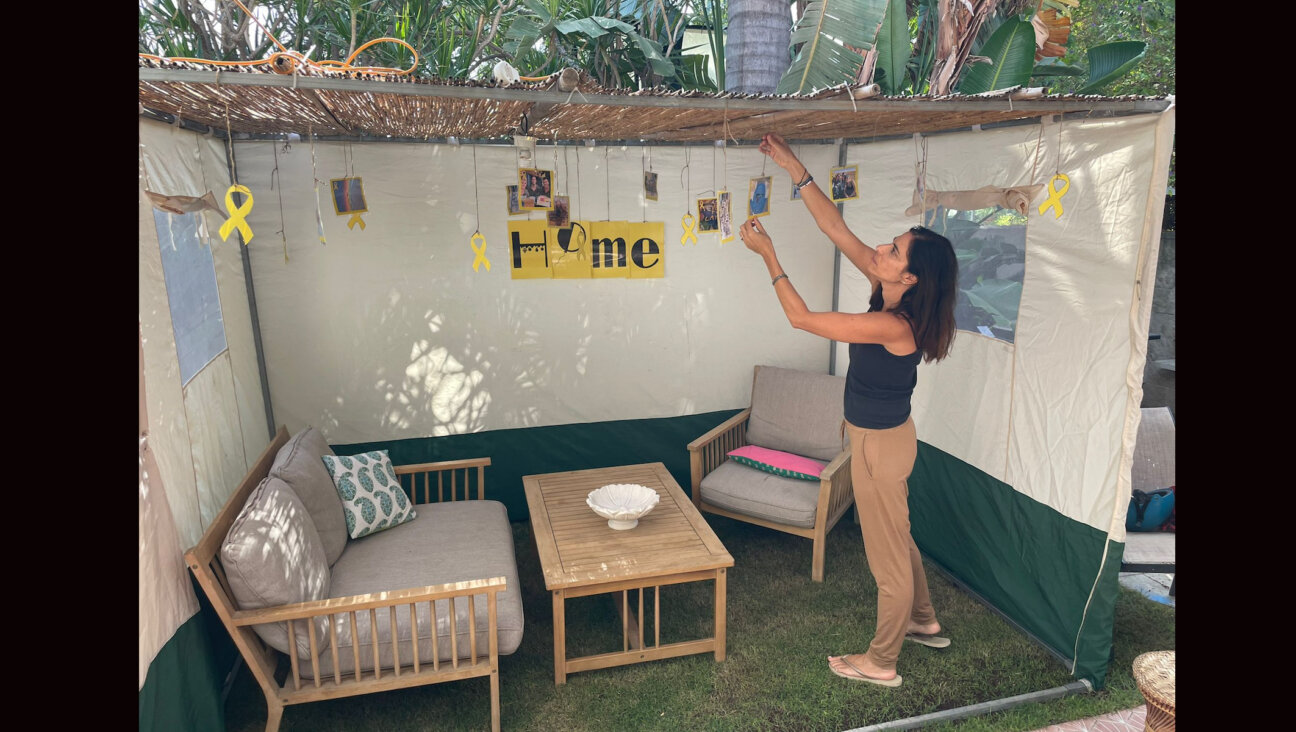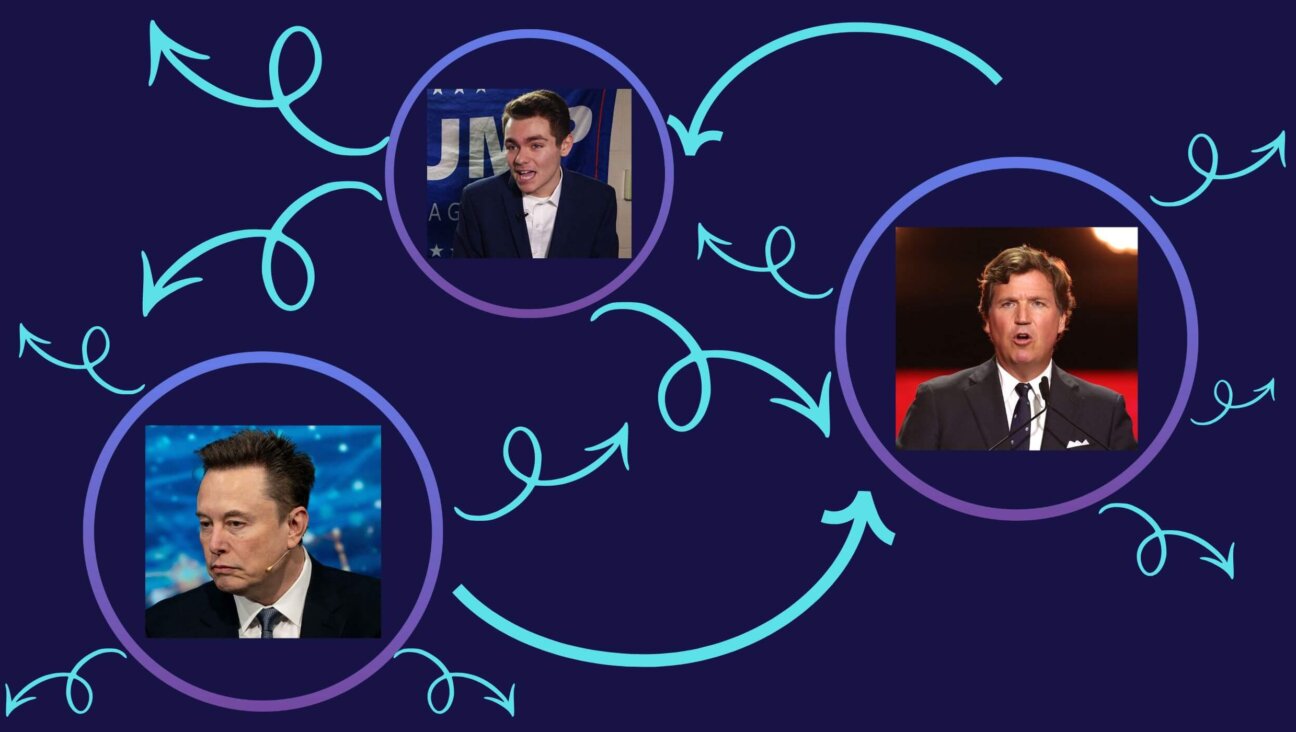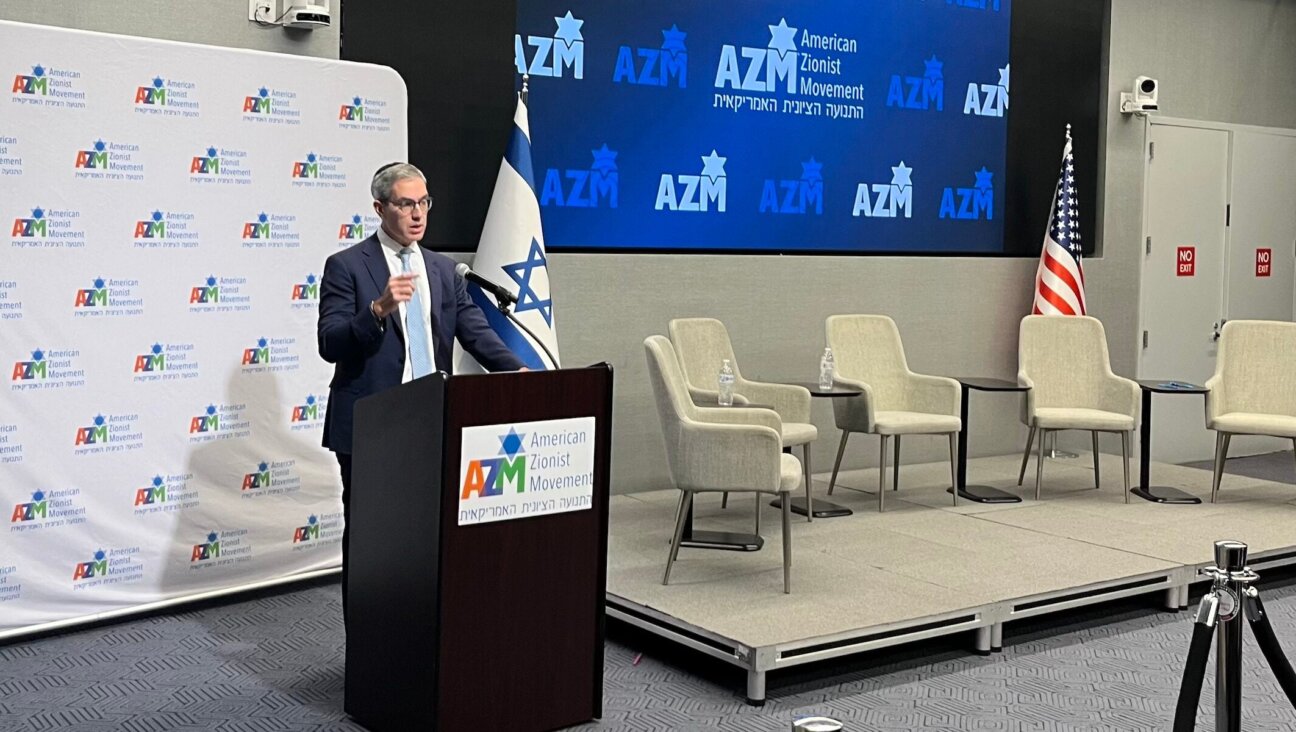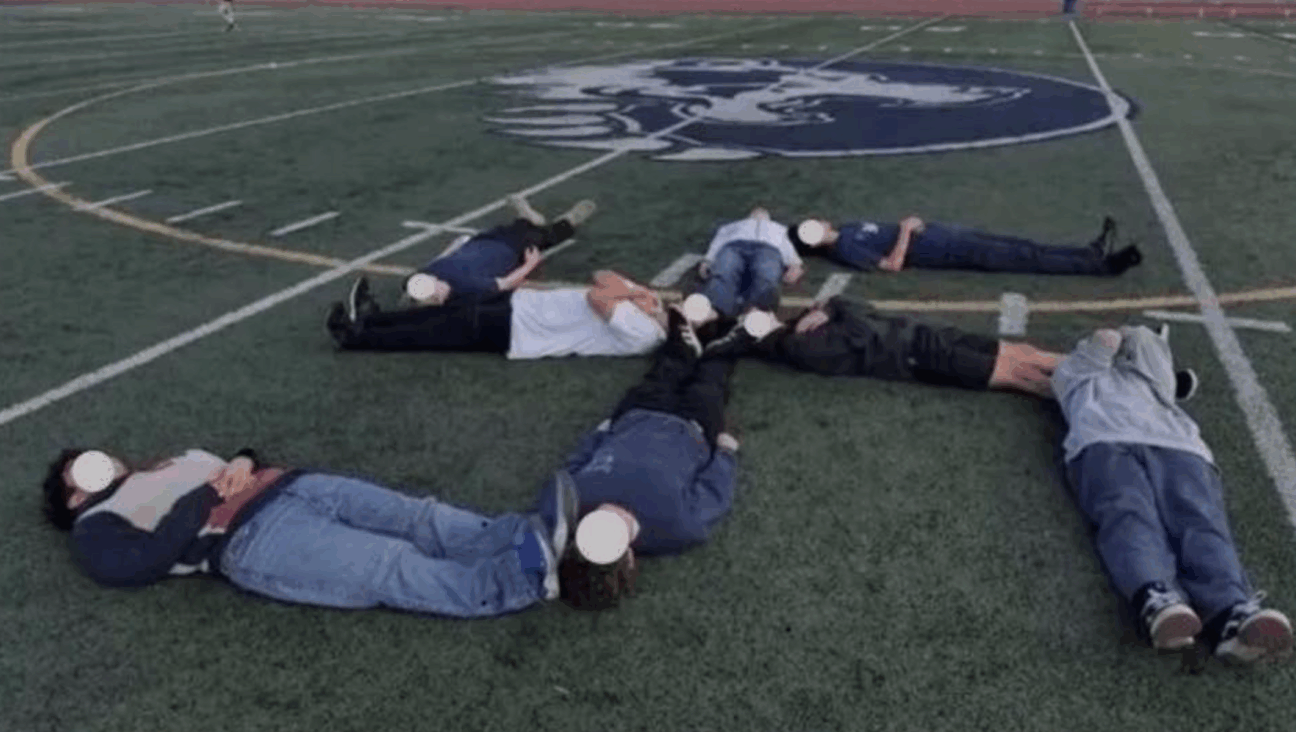The great tent conspiracy theory: Are ‘outside agitators’ supplying protesters’ tents?
NYC mayor thinks something’s not kosher with those tents. Others say, ‘You never heard of Amazon?’

Tents pitched by protesters on the Columbia campus. Photo by Alec Gitelman
New York City officials alleged a conspiracy theory to explain the profusion of tents at Columbia University and other protest encampments. But observers and students themselves are pushing back, saying the tents were bought online or brought from home.
“Why is everybody’s tent the same?” Mayor Eric Adams asked at a press conference Tuesday. “Was there a fire sale on those tents? There’s some organizing going on. There’s a well-concerted organizing effort and what’s the goal of that organizing? That’s what we need to be asking ourselves.”
Adams said Kaz Daughtry, a deputy police commissioner, “made a good point” in an interview with Fox when Daughtry said, “If you look at the tents, where did they all get them from? The same place, the same person? Somebody is behind this, and we’re gonna find out who it is.”
The notion that a hidden hand nefariously supplied student protesters with identical pop-up tents was taken seriously in some quarters, but mocked in others.
“Mayor Adams Suggests ‘Outside Agitators’ Created Tent Conspiracy to Ruin NYC. This goes all the way to the Big Top,” blared Wednesday’s headline from local news outlet Hell Gate.
On social media, many users supplied links to a $15 pop-up tent sold online by discount store Five Below. “Looks like what we’ve got on our hands is a classic case of college students buying something cheap and disposable,” the Hell Gate story added.
What students say
Several students, interviewed Wednesday at the Columbia campus encampment, told a Forward reporter that they had bought their tents online or owned them long before the protests.
One student in a small yellow tent said she bought it online, but, like many of the other protesters, would not give her name or answer other questions.
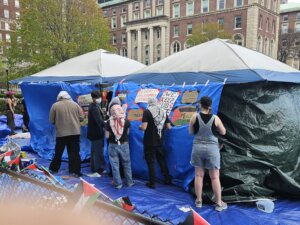
A master’s degree student who would only give her name as Zee, sitting in front of a tent with a kaffiyeh over her shoulders, said she bought her tent online years ago and had just used it over spring break for camping.
Another student said protest organizers provided tents, but would not comment further. Organizers did not respond to an email for comment, but an organizer interviewed on campus said: “Many of the students brought them from home.”
That organizer, named IAM Clay, is a student at Union Theological Seminary, which is affiliated with Columbia and located a few blocks away. Clay said campus security is no longer “allowing any students to bring tents in through the front gates,” but students “have been coordinating amongst ourselves” to supply tents, with help from supporters living in the neighborhood, especially after the university barred some protesters from living in dorms. “Those who need housing, this unique shelter” — meaning the tents — “will have it,” Clay said.
Accusations of disinformation
Some observers said city officials were doing real harm by promoting conspiracy theories with no evidence.
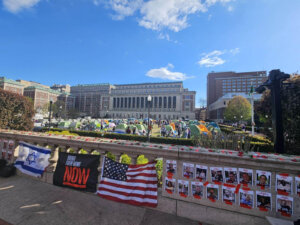
“The level of disinformation by the #NYPD is unreal here in NYC,” said one commenter on the social media platform X (formerly Twitter). “To promote the idea that these protests are ‘funded’ with no real evidence is pure misinformation. The fact his only proof is based on the color of the tents shows he never heard of REI or Amazon.”
An image shown on social media of identical green tents, pitched in an orderly circle in front of the Columbia University library, with a white canopy in the center, bore no resemblance to the scene as observed by a Forward reporter Wednesday.
The encampment now consists of a cramped and motley assemblage of a variety of pop-up tents in different colors — green, blue, orange, gray, white — with Palestinian flags, handwritten signs and banners hung and planted in random spots.

Still, many of those commenting online accepted the conspiracy notion with posts like: “Why are all of their tents the exact same make, model and color? Still think this is a grassroots movement? Hint: It’s not. #WakeUpAmerica.”
Someone else on X pointed out that there was actually a sale of green tents on Amazon: “When folks were inventing a conspiracy about matching green tents last week on campus I noticed these were $25 on Amazon. The seller is savvy though, and understands his/her market. Now they are available at $19.”


